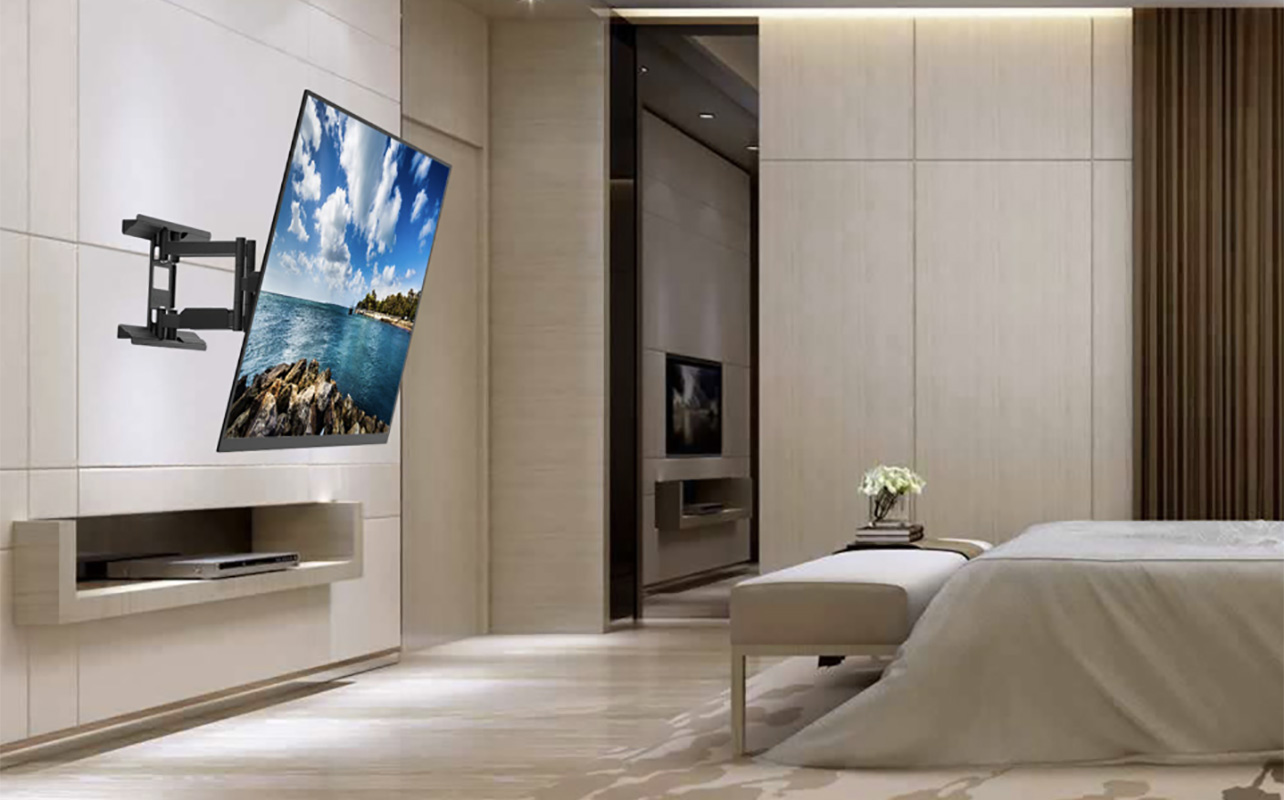
TV technology has advanced rapidly over the years, with higher resolutions offering sharper and more detailed images. Today, the debate of 4K vs. 8K is becoming increasingly relevant as more brands release 8K models. But does an 8K TV really offer a noticeable improvement over 4K? And more importantly, should you upgrade?
This guide will break down what 8K resolution is, how it compares to 4K, and whether upgrading to an 8K TV is worth the investment.
What is 4K?
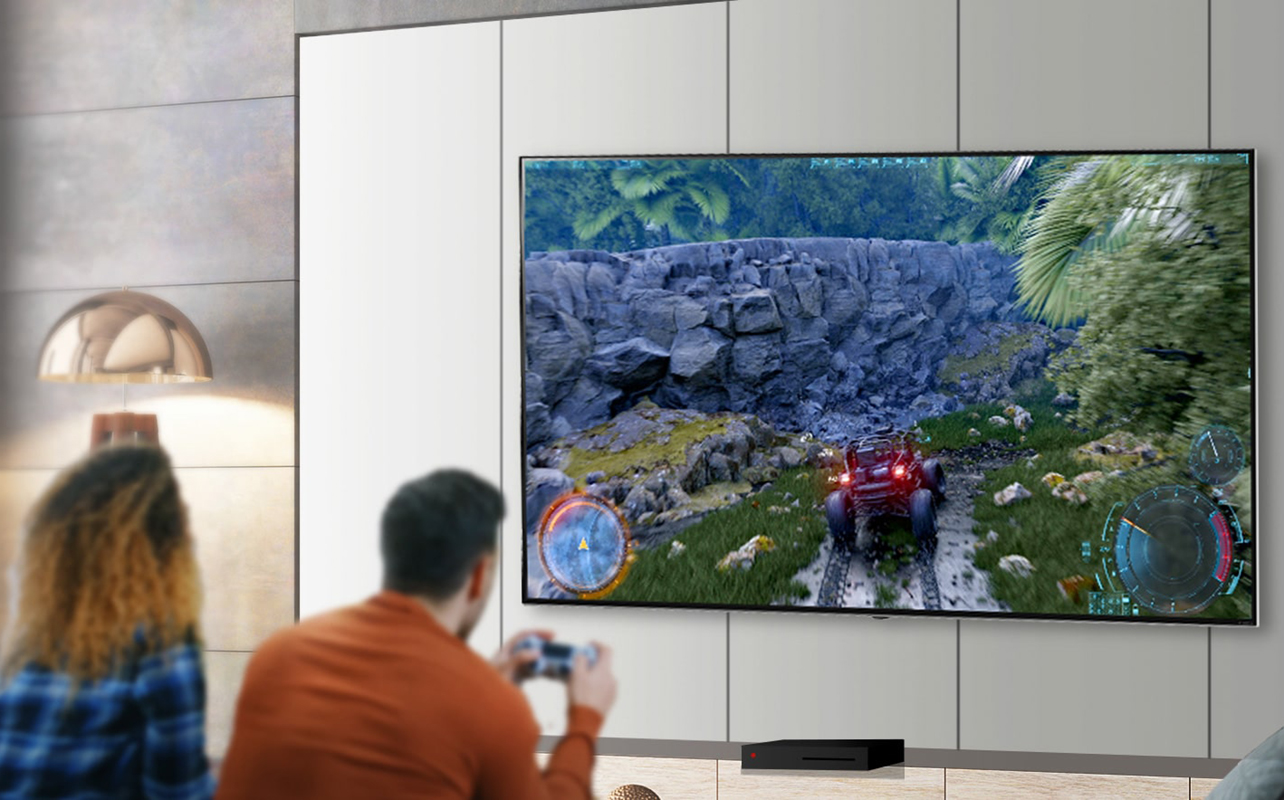
A 4K TV has a resolution of 3840 x 2160 pixels, offering four times the detail of a Full HD (1080p) TV. This results in sharper images, better colour accuracy, and improved overall clarity. Compared to older HD models, 4K delivers a noticeable jump in quality, particularly on larger screens where extra pixels make a significant difference.
With over eight million pixels, 4K offers more detail and realism, further enhanced by HDR (High Dynamic Range) for vibrant, true-to-life colours. 4K TVs also often feature higher refresh rates, typically up to 120Hz or more, resulting in smoother motion, especially in fast-paced action movies or games.
What is 8K?
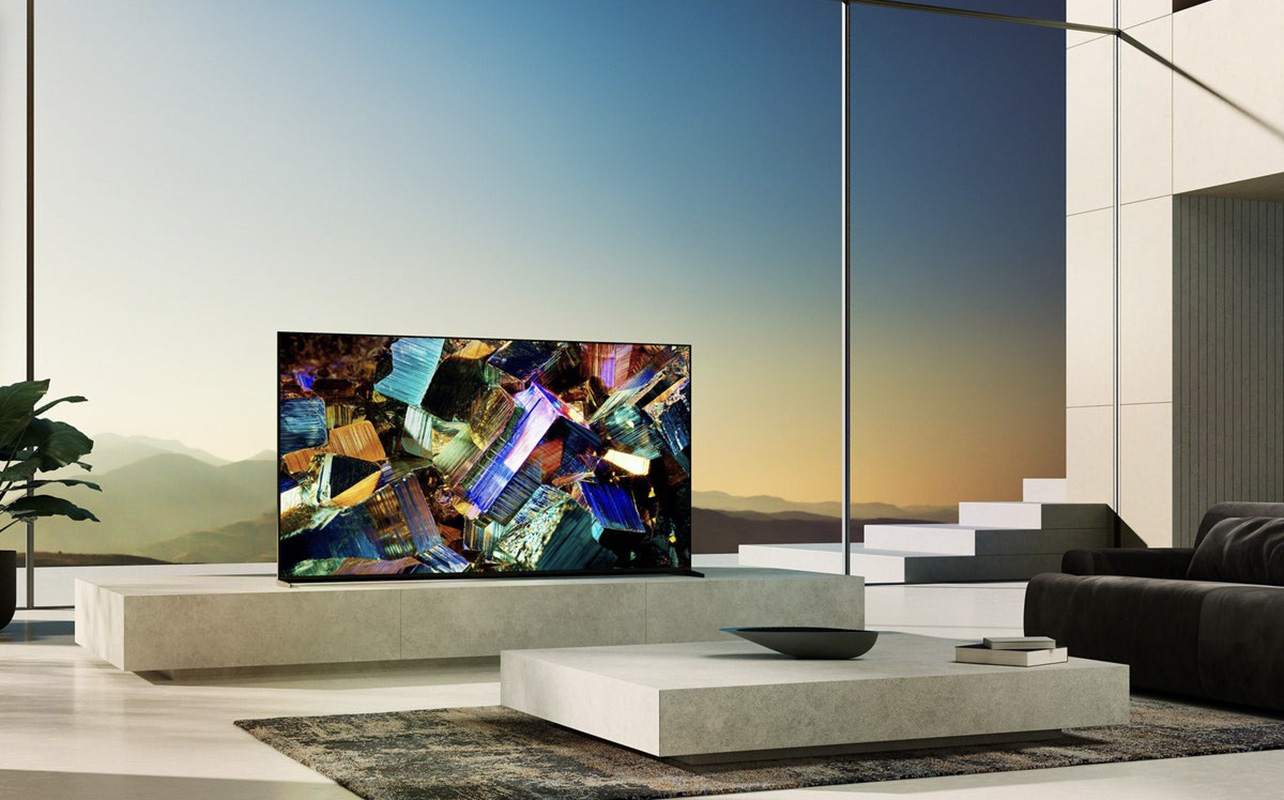
8K TVs boast a resolution of 7680 x 4320 pixels, which is four times the resolution of 4K and 16 times that of Full HD (1080p). This means an 8K TV has over 33 million pixels, offering unprecedented detail and clarity. While 4K already provides an exceptional level of detail, 8K takes it even further. However, the improvements are mostly noticeable on larger screen sizes (75 inches and above), as smaller screens may not effectively showcase the extra pixels.
It’s important to note that native 8K content is still limited. While some YouTube videos and high-end camera footage support 8K, the majority of movies, games, and streaming services are still focused on 4K. As a result, most 8K TVs rely on AI upscaling to enhance 4K or even 1080p content (more on that below).
Key differences between 4K vs 8K
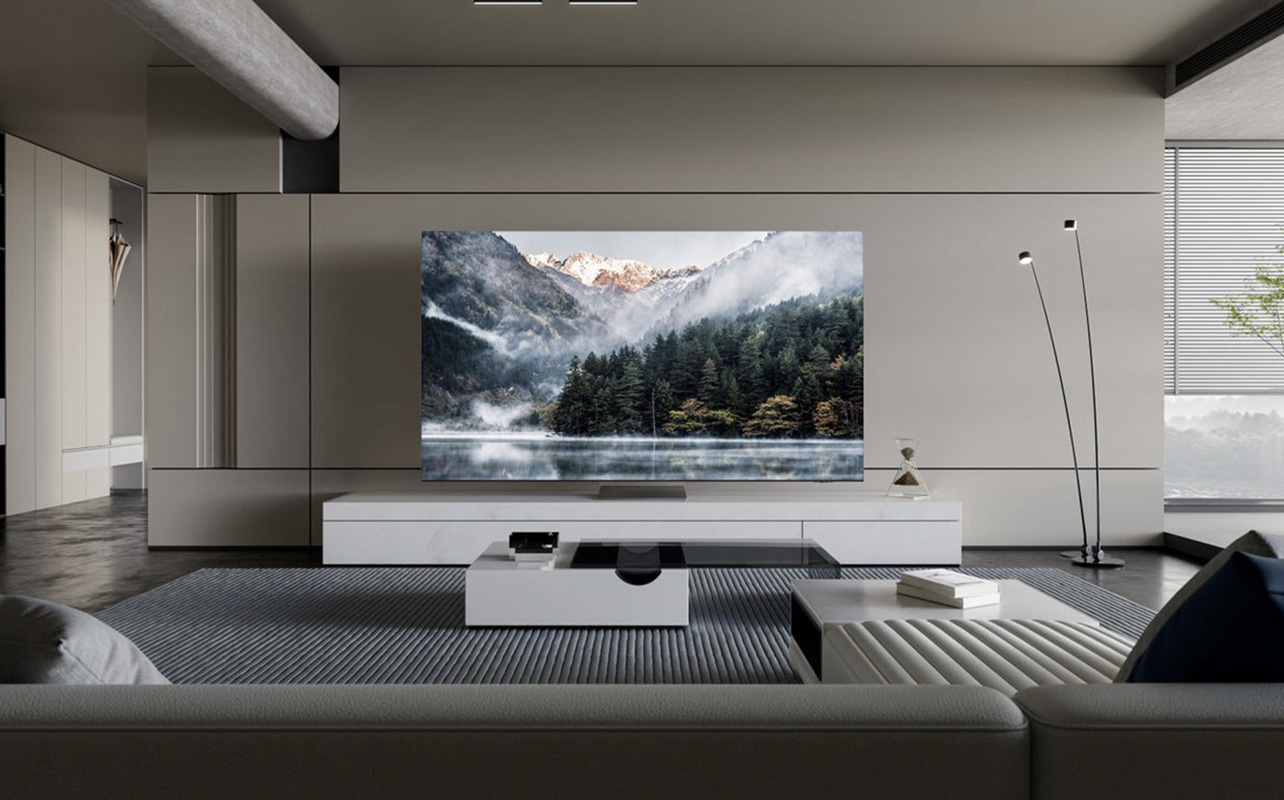
Resolution & image quality
Resolution is one of the most significant factors when comparing 4K vs 8K. A 4K TV has a resolution of 3840 x 2160 pixels, which equates to 8.3 million pixels in total. In contrast, an 8K TV boasts a resolution of 7680 x 4320 pixels, packing in 33 million pixels—four times the pixel count of 4K. This increase in pixel density means that 8K TVs can display even finer details, making images appear more lifelike.
However, the human eye has limitations when it comes to perceiving resolution differences, especially at standard viewing distances. While the added detail of 8K is visible on extremely large screens (75 inches and above) or when sitting very close to the screen, most viewers will find that 4K already delivers stunning clarity and sharpness. At common viewing distances of 7 to 10 feet, the difference between 4K and 8K is often negligible for the average person.
Streaming & bandwidth considerations
The increased resolution of 8K vs 4K comes with greater data demands. Streaming 4K content already requires a minimum internet speed of 25 Mbps, and an 8K stream requires at least 100 Mbps for smooth playback. Most households do not yet have access to such high-speed internet, making streaming 8K content a challenge for many users.
To manage these massive file sizes, compression technologies like AV1 and HEVC (High-Efficiency Video Coding) help reduce bandwidth consumption while maintaining quality. Even with these advancements, streaming 8K still consumes significantly more data than 4K. This makes it impractical for those with data caps or slower internet connections.
Content availability
One of the most important considerations when comparing 8K vs 4K is content availability. 4K content is now widespread, with thousands of movies, TV shows, and video games available in native 4K resolution. Streaming services like Netflix, Disney+, Amazon Prime, and YouTube offer a substantial library of 4K content, and many major sports broadcasts are adopting 4K resolution as well.
In contrast, native 8K content is still extremely limited. Currently, only a small selection of YouTube videos, high-end nature documentaries, and experimental test footage are available in 8K. The lack of native 8K movies, TV shows, and gaming content means that most 8K TVs rely on upscaling to improve lower-resolution content.
How does 8K upscaling work?
AI upscaling improves lower-resolution images by sharpening them, reducing noise and improving clarity. This can make older content appear crisper, sharper, and more vibrant—especially when viewed on an 8K display. Thus, even if you’re only watching 4K content, an 8K TV can deliver enhanced detail and clarity, with images that appear sharper, crisper, and more vivid. However, while AI-driven upscaling can enhance the sharpness of 4K videos on an 8K screen, it does not provide the same level of clarity as true native 8K footage.
Cost comparison
Price is a major factor when deciding between 4K vs 8K TVs. Over the years, 4K TVs have become highly affordable, with high-quality models available between $500 and $2,500, depending on size and features. 8K TVs, however, are still significantly more expensive, often starting at $3,000 and going up to $10,000 or more for premium models.
For most consumers, 4K remains the best balance of performance and value. Until 8K content becomes more widely available and prices drop, 8K TVs are largely reserved for early adopters and home theatre enthusiasts who want the latest technology regardless of cost.
Pros and cons of 8K TVs
| Pros | Cons |
| Sharpest image quality available: Offers incredible detail on large screens. | High cost: 8K TVs remain a premium category of televisions. |
| Future-proof for upcoming 8K content: As more content is developed, 8K will become more relevant. | Limited content availability: Very little native 8K content exists. |
| Advanced upscaling improves 4K playback: AI upscaling makes lower-resolution content look better. | Requires powerful hardware and internet speeds: 8K streaming needs high bandwidth. |
| Best for extremely large screens: Ideal for 75 inches and larger. | Diminishing returns for smaller screens: The difference between 4K and 8K is hard to notice on smaller TVs. |
For those who want cutting-edge technology and to have a large screen with an optimal viewing setup, 8K may be worth considering. However, for most users, a high-end 4K TV provides the best balance of price, content availability, and picture quality without the need for hardware upgrades.
So, which one should you choose?
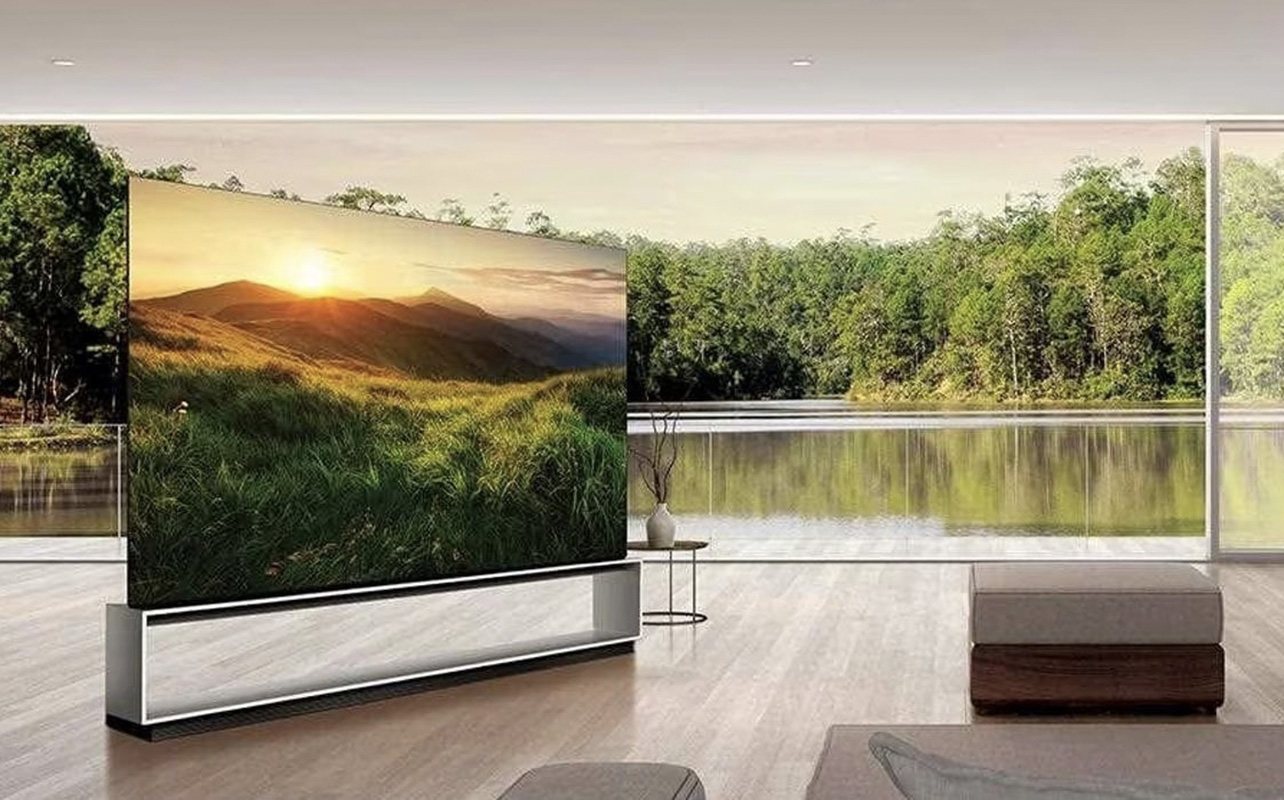
Viewing habits and content preferences
Your choice between 8K vs. 4K should depend on how you consume content. If you primarily watch streaming services like Netflix, Disney+, or Prime Video, a 4K TV is more than sufficient, as most content is currently available in 4K rather than 8K. If you only subscribe to basic tiers that give you access to 1080p content, a 4K TV is still worthwhile to future-proof the purchase. These TVs can also upscale 1080p content. Gamers who play on a PlayStation 5 or Xbox Series X will also find 4K to be the best choice since native 8K gaming is not yet widely supported. However, if you are an early adopter who enjoys high-resolution photography, video editing, or watching premium-quality visuals, an 8K TV may be worth considering.
Room size and seating distance
The size of your TV and how far you sit from it play a crucial role in whether 8K makes a noticeable difference. If you have a large home theatre setup with a screen size of 75 inches or more, 8K can provide added clarity, especially if you sit close to the screen. However, for smaller TVs and viewing distances of 8 feet or more, the difference between 4K vs 8K is difficult to perceive. For most living rooms, a high-end 4K TV will deliver excellent picture quality without the added cost of 8K.
Budget constraints
4K TVs have become more affordable in recent years, making them the best choice for most consumers. High-quality 4K OLED and QLED models are available at competitive prices. On the other hand, 8K TVs are still a premium investment. If budget is a concern, a top-tier 4K TV can be a better investment than an entry-level 8K TV.
Future-proofing your entertainment setup
One of the biggest reasons consumers consider 8K is future-proofing. While native 8K content is limited today, it will become more common as technology advances. However, widespread 8K adoption may still be several years away. By the time it becomes standard, today’s 8K TVs may already be outdated. A high-end 4K TV with strong HDR capabilities is still a great way to future-proof your entertainment setup without paying a premium for an 8K TV.
Should you upgrade to an 8K TV?
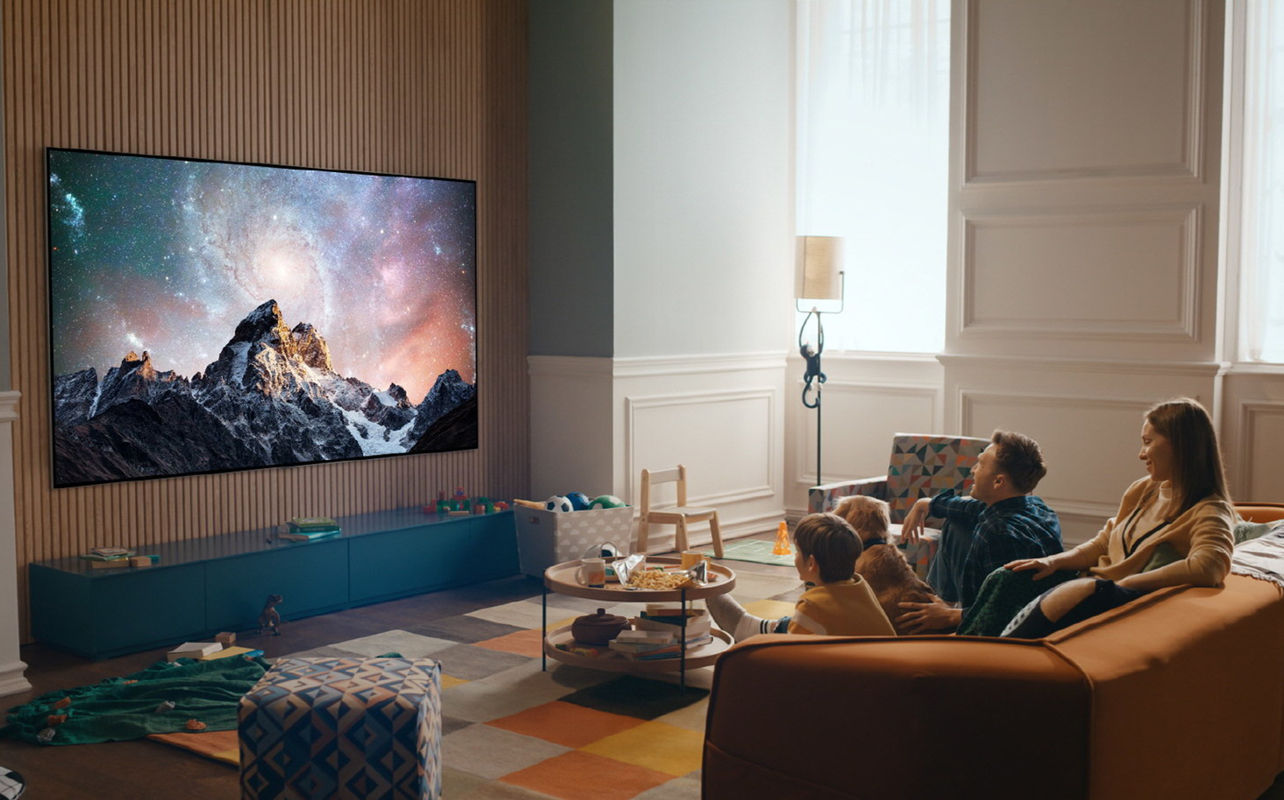
Both 4K and 8K TVs offer stunning visuals, but for most people, 4K remains the best choice due to its affordability and vast content availability. 8K is ideal for early adopters with large home theatre setups. But for now, the difference isn’t game-changing for the average viewer. If you prioritize content availability, affordability, and practicality, a top-tier 4K TV will serve you well for years to come. Explore a wide selection of 4K and 8K TVs at Best Buy Canada.
Frequently asked questions
Is 8K worth it over 4K?
For most people, 8K is not worth upgrading to yet. With limited native 8K content, higher prices, and increased hardware requirements, 4K remains the best choice for affordability and content availability. However, if you have a very large TV (75 inches or more), want future-proofing, and are willing to invest in the latest technology, an 8K TV could be a worthwhile option.
Can people see the difference between 4K and 8K?
The difference between 4K and 8K is only noticeable under certain conditions. On a large screen (75 inches and up) at close viewing distances, the extra pixels in 8K improve image clarity and sharpness. However, at standard viewing distances of 8-10 feet, the difference becomes much harder to perceive, making 4K the more practical choice for most households.
Which is better, 8K QLED or 4K OLED?
The choice between 8K QLED and 4K OLED depends on what you prioritize. OLED TVs offer deeper blacks, better contrast, and more vibrant colours, making them ideal for cinematic experiences. QLED TVs (including 8K models) provide higher brightness levels, making them better suited for bright rooms. If resolution is your main concern, 8K QLED will deliver sharper images, but for most users, 4K OLED offers the best overall picture quality with superior contrast and colour accuracy. Learn more about display technologies and how to choose the right TV for your needs in this article.
This article was drafted using AI technology and then reviewed, fact-checked, and revised by a member of our editorial team.





